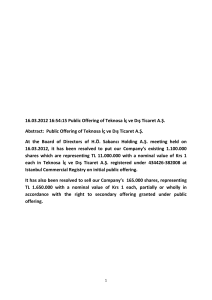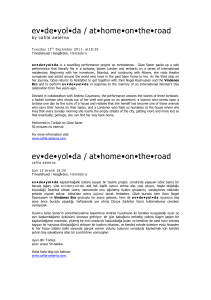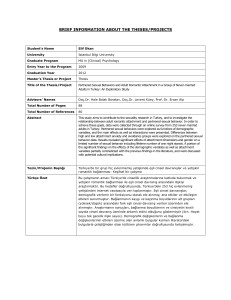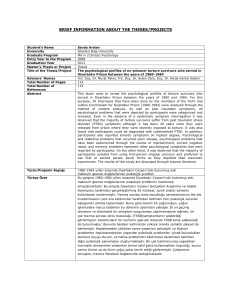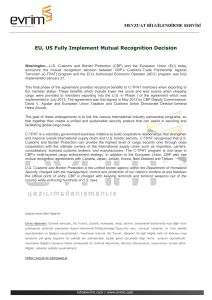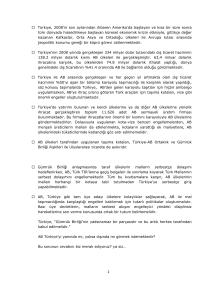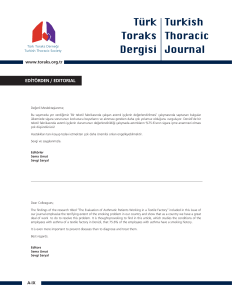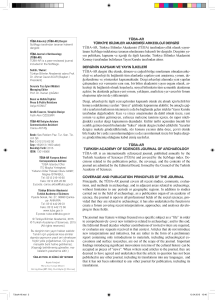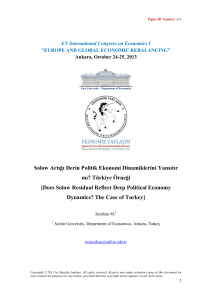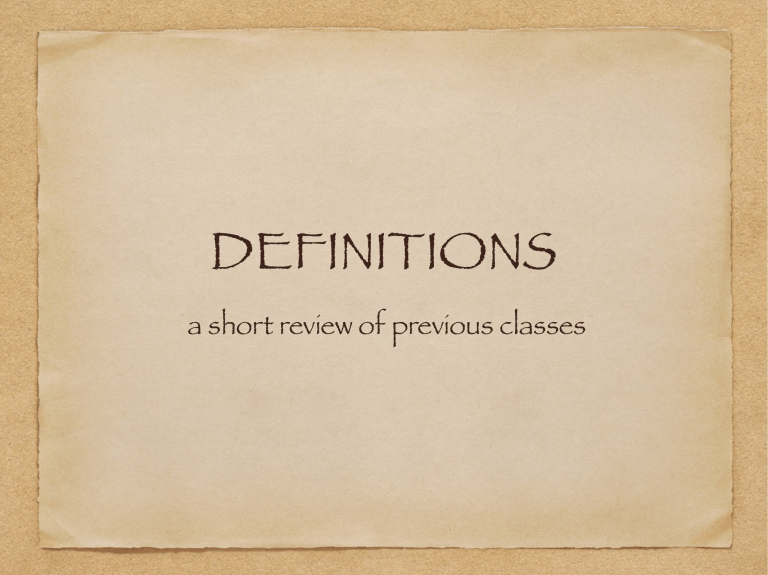
DEFINITIONS
a short review of previous classes
Restorasyon
Eski, tarihi, otantik ve özgünlük değeri olan,
önemli bir olaya ev sahipliği yapmış eserlerin,
aslına uygun olarak, asli yapım tekniğinden ve
özgünlüğünden faydalanarak, mümkün olduğu
kadar az müdahale ile koruyarak onarılmasıdır.
Rölöve
Bir yapının, kent dokusunun veya arkeolojik kalıntının yakından
incelenmesi, belgelenmesi, mimarlık tarihi açısından değerlendirilmesi ve
restorasyon projeleri hazırlanabilmesi için binanın iç ve dış mimarisine,
özgün dekorasyonuna ve taşıyıcı sistemi ile yapı malzemelerine ait
mevcut durumun ölçekli çizimlerle anlatımıdır.
Rölöveler yapıyı ve konstrüksiyonu tam olarak anlatacak şekilde plan,
kesit ve görünüşleri kapsamalıdır. Yapıya ait iç ve dış fotoğraflar,
çekildikleri yer ve yönleri plan üzerinde işaretlenir. Rölövelerde
malzeme türleri ve mimari bileşenlerin korunma durumları açıklamaları
belirlenir. Bezemelerle ilgili fotoğraf ve ayrıntılı çizimler dosyada yer
alır.
Restitüsyon
Sonradan değişikliğe uğramış, kısmen yıkılmış ya
da yok olmuş öğelerin, yapıların veya
yerleşmelerin ilk tasarımlarındaki ya da belirli bir
tarihteki durumlarının, arşiv kayıtlarından, yapı
üzerindeki izlerden, yapıya yerleşmeye ait çizim
fotoğraf gibi belgelerden yararlanılarak plan,
kesit, görünüş ve aksonometrik çizimlerle ya da
maketle anlatımına restitüsyon denir.
Konservasyon
Konservasyon, objelerin maddesel ve teknolojik
özellikleri kadar, yapısını ve taşıdığı dekoratif öğelere
özgün niteliklerine bağlı kalarak korumak, bozulmasına
yol açan nedenleri ve etkenleri açığa çıkarmak, en
uygun ve en etkili koruma yöntem ve malzemelerini
saptayarak bunları objelere uygulamak, fiziksel ve
estetik bütünlüğü aslına bağlı kalarak sağladıktan
sonra stabil haldeki objeyi sergileme ve depolama için
hazırlamaktır.
Urban Texture
https://vimeo.com/120258907
Mardin Artuklu University Religious Complex
Ottoman…Turkey
Plurality/versatility of historical and geographical context in Ottoman
Ottoman institutions built by patrons:
mosques: cami, mescid
medreses
primary schools (sibyan mektebi)
baths (hamam)
public kitchen (imaret)
hospitals (darussifa)
rest-houses (tabhane)
city-centered commercial khans (han)
commercial buildings and areas (arasta, bedesten, dukkan)
caravanserais (kervansaray)
sufi buildings (tekke and zaviye)
mausoleums (turbe)
cemeteries, libraries, bridges, fountains (sebil) and aqueducts (suyolu)
The buildings of a complex, however, were
conceived within a general layout of a single
plan in which the mosques and medrese or
tekke would share the same courtyard, the
turbe and the founder and a fountain and a
sebil would be placed near the mosque, and
the other relevant buildings would be situated
around the adjacent streets, forming thus a
small neighborhood within the urban fabric.
Tanzimat
Tanzimat pashas as reformists and admirers of
western ideas
Gulhane Hatt-i Serif (1839)- Edict of Gulhane: first
step of secularization
Islahat Fermani (1856) - Reform Edict
introduced new political, administrative, social
and cultural concepts and practices
Tanzimat and urban texture
more efficient system of street networks
intervention in case of fires
eliminate dead-ends / large
liberate the cities from physical restriction of their medieval citywalls by demolishing them
creating new governmental centers for new ceremonies
instead of organic urban growth as before, cities developed and
changed according to plans made by architects and urban planners
before 19th century, neighborhoods were around architectural complexes
Codes and regulations (Enbiye Nizamnameleri-1848)
regulation of the width of streets
height of the houses
proportion of one floor to the others
organization of facades and entrances
construction of sidewalks
alignment and streets and entrances
construction of water pipes
primary school, mesquite and police station in each neighborhood
New bourgeois and its social spaces
Ecole des Beaux-Arts in Paris, Levantine and European
architects
Apartment blocks in big cities
New military and civilian hospitals, theaters, hotels,
railroad stations, coffee-houses and restaurants
Neo-classical style and architectural restores with
orientalistic forms (Sanayi-i Nefise Mektebi- The Academy
of Fine Arts)
, First National Architectural Movement, Mimar Kemalettin,
Ankara Palas
Bauhaus Style, Florya Kosku, Seyfi Arkan
Second National Architectural Movement, Anitkabir,
Emin Onat
Tabanlioglu, AKM, 70’s
Gentrification
Gentrification: Facet of urban renewal that
inevitably leads to displacement of occupying
demographic
Common and widespread controversial
topic and term in urban planing
Shifts in urban community lifestyle
interest of external citizens to live in a
certain environment
https://www.youtube.com/watch?
v=ZvG_UlvqggA
Trailer of Lost Angels
https://www.youtube.com/watch?
v=u1bMXwPzzAc
–Trailer of the Movie Ekumonopolis
Urban Regeneration
urban fringe to the core (varoslar)
de-industralization
urban sprawl (carpik kentlesme)
re-invention of city center as cultural domain
renewal of historical areas
disaster mitigation planning in risk prone zones (afet zararlarini
azaltma)
re-development of brown field areas
“http://haber.sol.org.tr/video/lamekanmetalasan-kentin-cokusu-110389”
LaMekan
Post-1980
State-Housing Authority (TOKI)
Privatization Authority (OIB)
urban transformation needs to embody cultural,
social, economical and environmental aspects
rehabilitation of unsanitary urban conditions,
restructuring of urban texture
http://listelist.com/eski-istanbul-fotograflari/
http://www.izmir.bel.tr/HaberDetay/13140/tr
http://www.izmir.bel.tr/BirimDetay/78/tr


